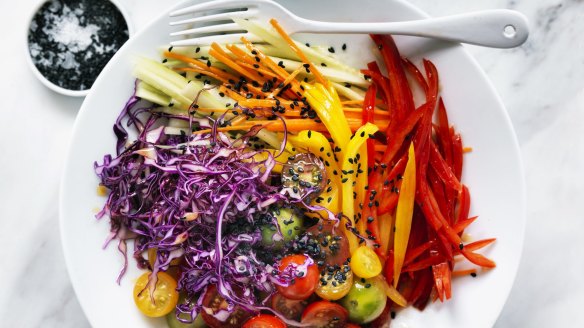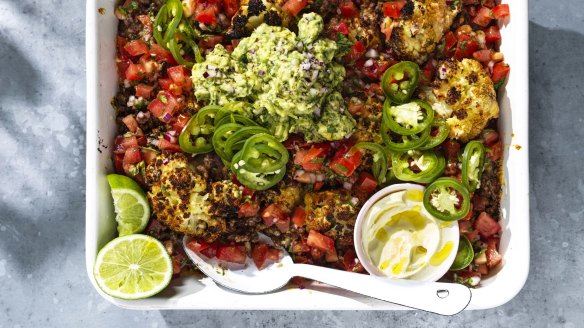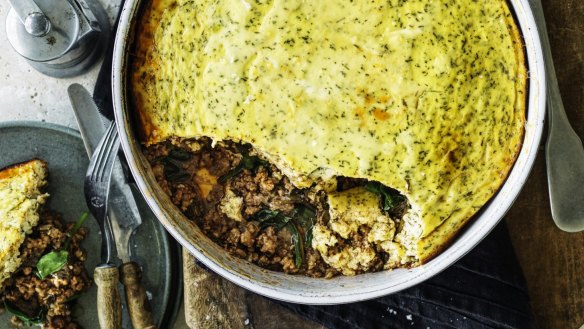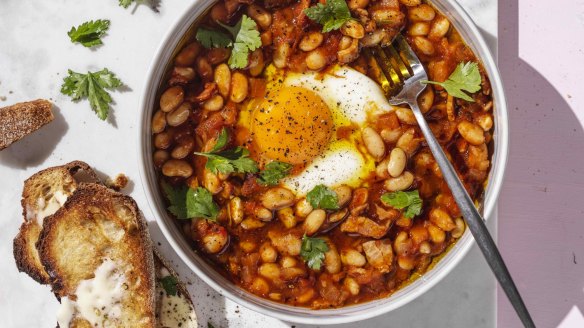The foods and nutrients you need at different stages of life

Healthy eating is not a one-size-fits-all model, and this is especially the case when you consider that there are vast differences in body composition, hormones, activity levels and nutrient requirements for different age groups.
Younger people generally have a lot more muscle mass, and are often a lot more active, and as such need to focus their diets around fuel-rich foods.
In contrast, those in their 50s and 60s at risk of lifestyle diseases such as heart disease and type 2 diabetes generally need fewer kilojoules but more nutrients such as essential fats, calcium and selenium.
So if a targeted approach to your nutrition sounds like something you need, here is guide to healthy eating through the different ages and stages of adulthood.

Under 40
Youth blesses us with plenty of muscle mass and a metabolism that needs fuelling with good quality carbs via starchy vegetables and wholegrain bread and cereals. While the volume of good quality carbs each person requires differs depending on individual circumstance, younger, active people do have higher energy requirements and as such will need good quality carbs at each meal.
Iron-rich foods including lean red meat, eggs, legumes and wholegrain cereals are too of particular importance, particularly for women with low iron levels, which affects up to a quarter of Australian women. For meat eaters, including red meat in the diet at least three to four each week will help to ensure that iron requirements are met.

40s and 50s
Our metabolic rate slows as we age, meaning we typically need fewer kilojoules to maintain our weight, while type 2 diabetes, thyroid dysfunction and bowel cancer start to rear their ugly heads. This means that the average adult needs to pay more attention to their kilojoule and carbohydrate intake while bumping up their intake of nutrient-rich foods.
This is the time to reduce heavy carb-rich foods such as rice, pasta and cous cous in favour of lighter, veg-based carbs. Also consider increasing your dietary fibre intake by aiming for seven to 10 serves of fresh fruit and vegetables. Bumping up your intake of seafood and shellfish will boost omega-3, zinc and iodine intake, nutrients linked to reducing inflammation and optimising metabolic rate. And get out in the sunlight for a few minutes each day to help ensure your vitamin D levels are healthy.

60s and 70s
With creaky joints, more brittle bones and an increasing incidence of cancers including prostate, breast and bowel cancer, nutrient-rich eating becomes even more important in your 60s and 70s. Women in particular need at least three to four serves of calcium-rich food each day to keep their bones healthy while men need to boost their intake of lycopene via cooked tomatoes and selenium via Brazil nuts to help support prostate health. Omega-3 rich foods such as oily fish, nuts and seeds should be consumed most days to help reduce inflammation in the body. Good fats such as extra virgin olive oil, nuts and seeds will help to keep the heart healthy.

And beyond
As we get older, it is common for appetite to reduce over time. While eating less can be great for weight control, losing weight and, in particular, losing muscle mass in our senior years is far from ideal. For this reason, focusing on small yet regular nutrient-rich meals that ensure adequate protein intake is imperative. As a general rule of thumb, aiming for 1g of protein per kilo of body weight will help to prevent muscle breakdown and unnecessary weight loss as a result. Nutrient-rich proteins include lean meat such as mince, chicken breast, tuna, salmon, sardines, eggs, Greek yoghurt, cheese, milk and legumes including kidney beans and baked beans.
In addition, the texture of foods may need to be adjusted to account for swallowing or teeth-related issues and in this case hearty soups, nourishing smoothies and slow-cooked meals strike a perfect balance between texture and nutrition.
Susie Burrell is a nutritionist and dietitian.
The best recipes from Australia's leading chefs straight to your inbox.
Sign up